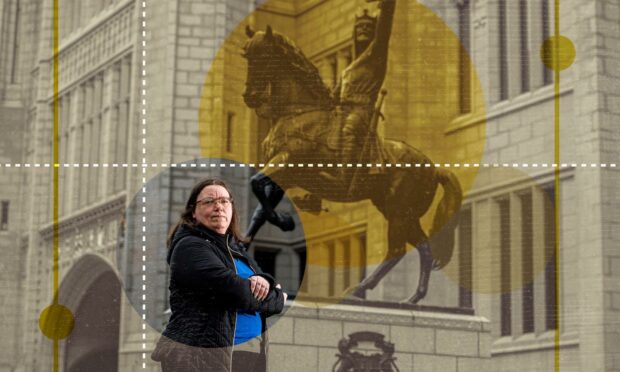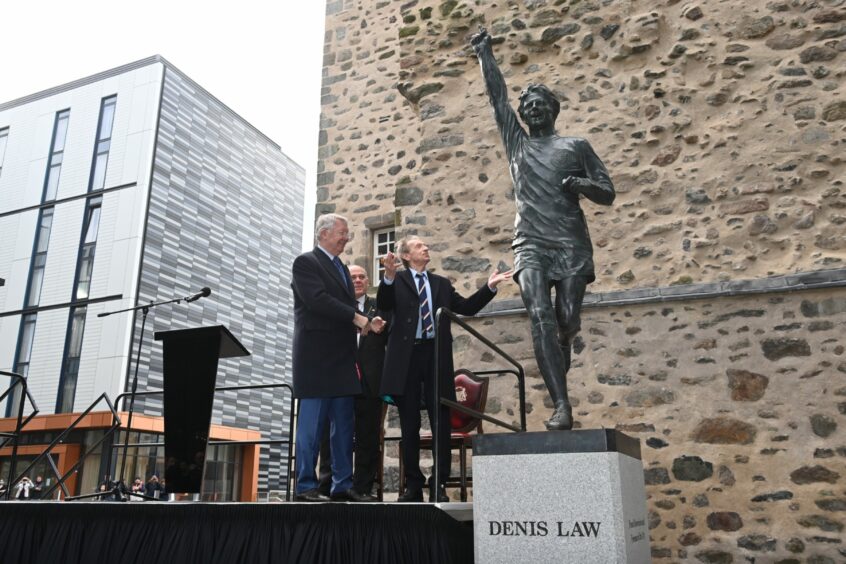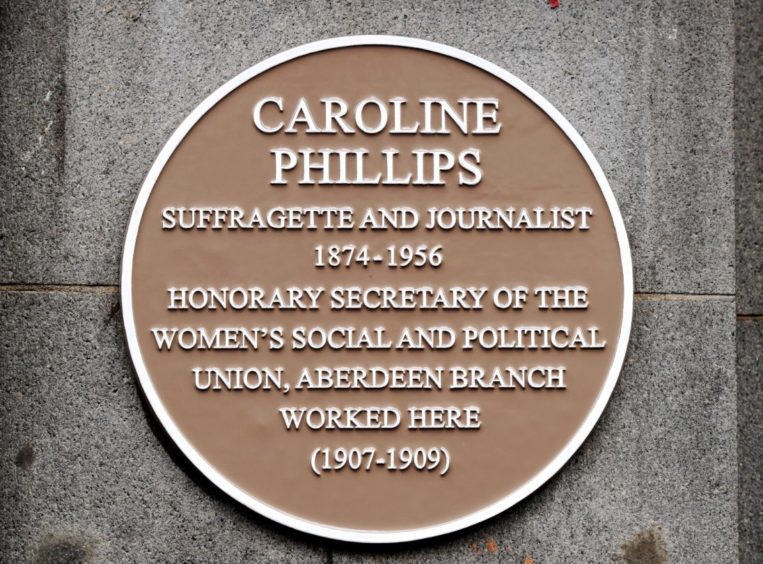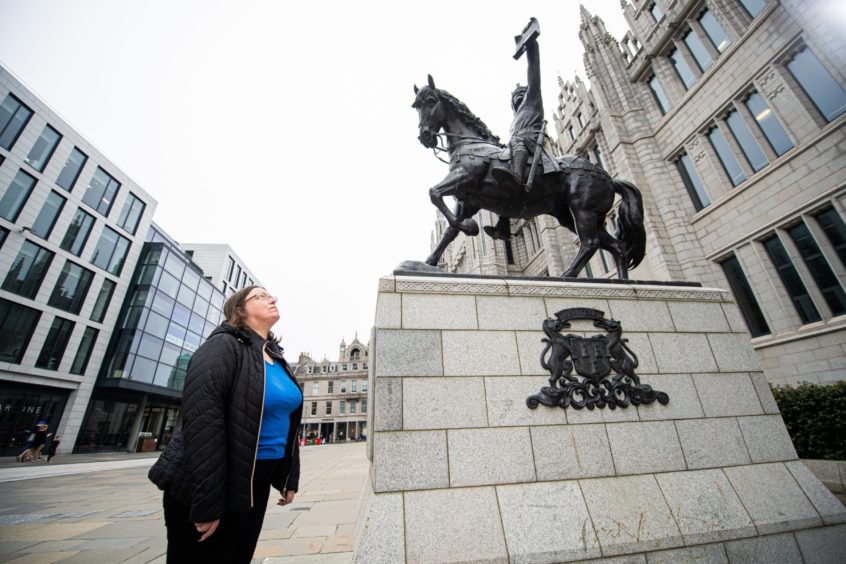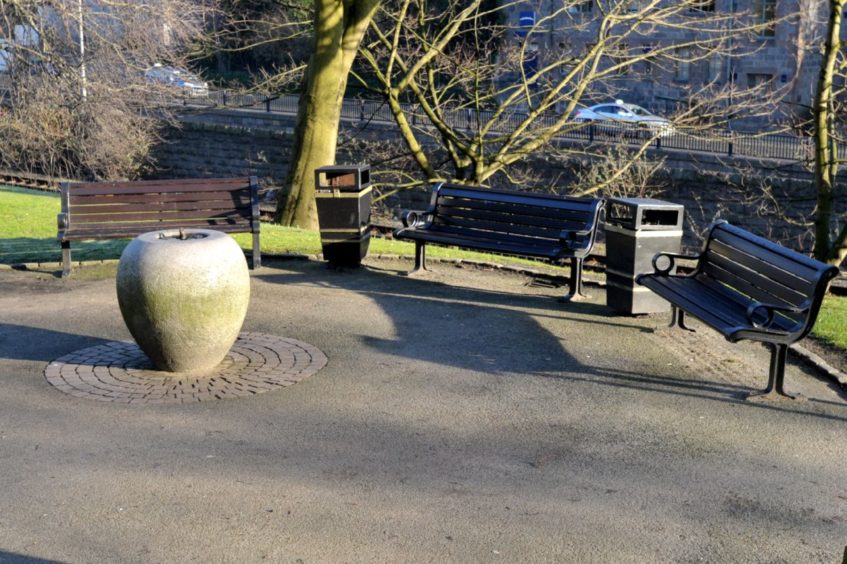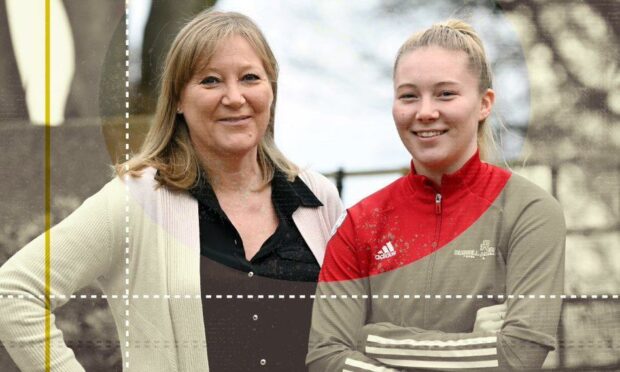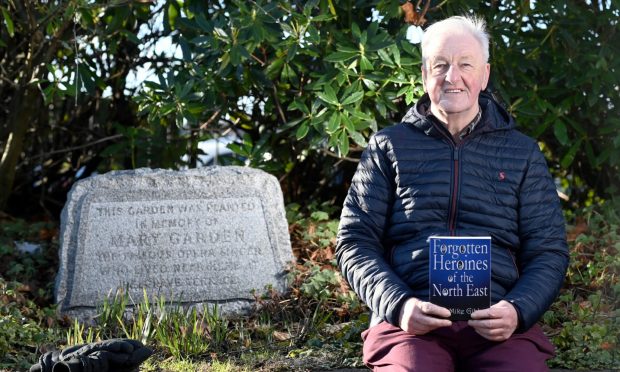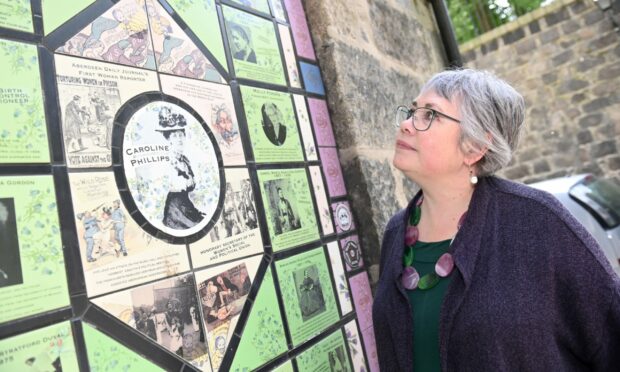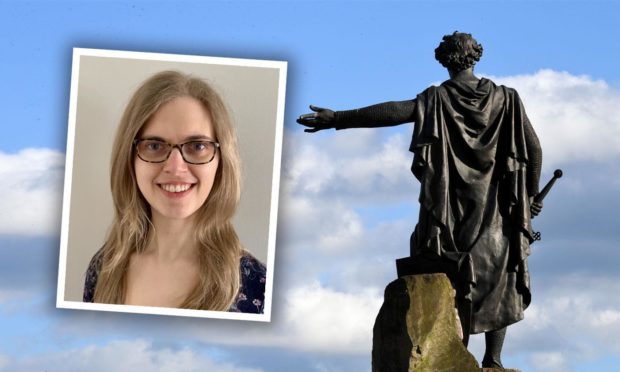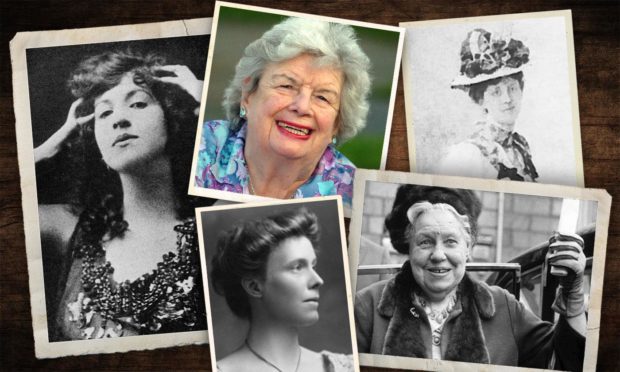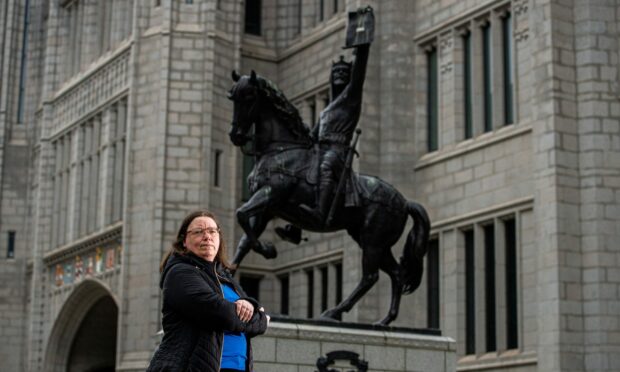A few years ago Aberdeen Women’s Alliance issued an appeal for people to help pinpoint memorials to the city’s notable women.
When, three months later, the group hadn’t received a single response they began to realise there might be a problem in the Granite City.
That has led to almost a decade of campaigning, raising the profile of inspirational north-east women whose stories risk being largely forgotten.
And now, the group is asking again if more should be done to shine a light on some of these hidden figures.
The moment campaign began
Aberdeen Women’s Alliance was formed in 2003.
Since early 2013 the group has been making strides in ensuring the region’s unsung heroines receive recognition.
Convener Fiona Rennie told us what sparked the movement.
She said: “We were looking into modern memorials and we asked people to get in touch to let us know what memorials to women there were out there in the city.
“During that period, between November 2012 and February 2013, there were no entries.
“That was when we decided to launch our own history group, making sure there would be memorials to these women and arranging a heritage walk around some prominent sites.”
The Press and Journal is now highlighting the disparity in statues between men and women in Aberdeen.
It follows the creation of a Denis Law statue in the city centre, and plans to erect an Alex Ferguson statue at Pittodrie.
Fiona is appreciative of the both men’s efforts and does not dispute their status as local heroes.
But she believes that such an honour should be bestowed upon some of the city’s female figures to help boost their profile, and inspire young girls to follow in their footsteps.
Why do we need more female statues?
Fiona added: “Any person in Aberdeen would know who Denis Law is, even if they’re not interested in football.
“But if I showed people a famous woman from Aberdeen’s past, the chances are many people wouldn’t know who they were.”
Aberdeen Women’s Alliance successfully campaigned for a plaque commemorating Press and Journal reporter and suffragette Caroline Phillips to be put up on Union Street.
And in 2018, the group published a booklet showcasing 22 north-east women who had made great contributions to society.
Fiona is proud of their progress in shedding light on these luminaries but reckons a statue of someone like Caroline Philipps would show the city is serious about honouring its notable women.
Need for Aberdeen female statue to be ‘Instagrammable’
Fiona is keen that any potential female statues be eye-catching.
She said: “Another factor you would have to take into consideration is whether any statue would be ‘Instagrammable’.
“You would have to have something there to explain that this isn’t just, for instance, a generic suffragette but a real woman who came from the city.
“And you wouldn’t want it to be a statue of a woman that people could just walk past without noticing.
“It would need to be something that captures people’s imaginations and something they want to take photographs of.”
Mary Slessor monument provides food for thought
Fiona explained that, prior to the massive revamp of Union Terrace Gardens, she would often stand at a spot overlooking the expanse and ask if people could spot a statue erected in memory of a woman.
Typically, people’s eyes would flit to Robert Burns or William Wallace and they would offer only a puzzled look in response.
Fiona would then explain that a humble apple-shaped sculpture down in the public space was there to celebrate Aberdeen’s Mary Slessor.
Mary promoted women’s rights as a Presbyterian missionary to Nigeria, while learning the local language to teach children.
Her bold personality helped her gain the trust of locals as she spread Christianity.
The Gilcomston woman most famously stopped the common practice of infanticide of twins in Okoyong and became known as the “white queen of Okoyong”.
For as long as people need to be told about Mary Slessor, Fiona will be there to champion her and the many other women whose stories deserve to live on.
